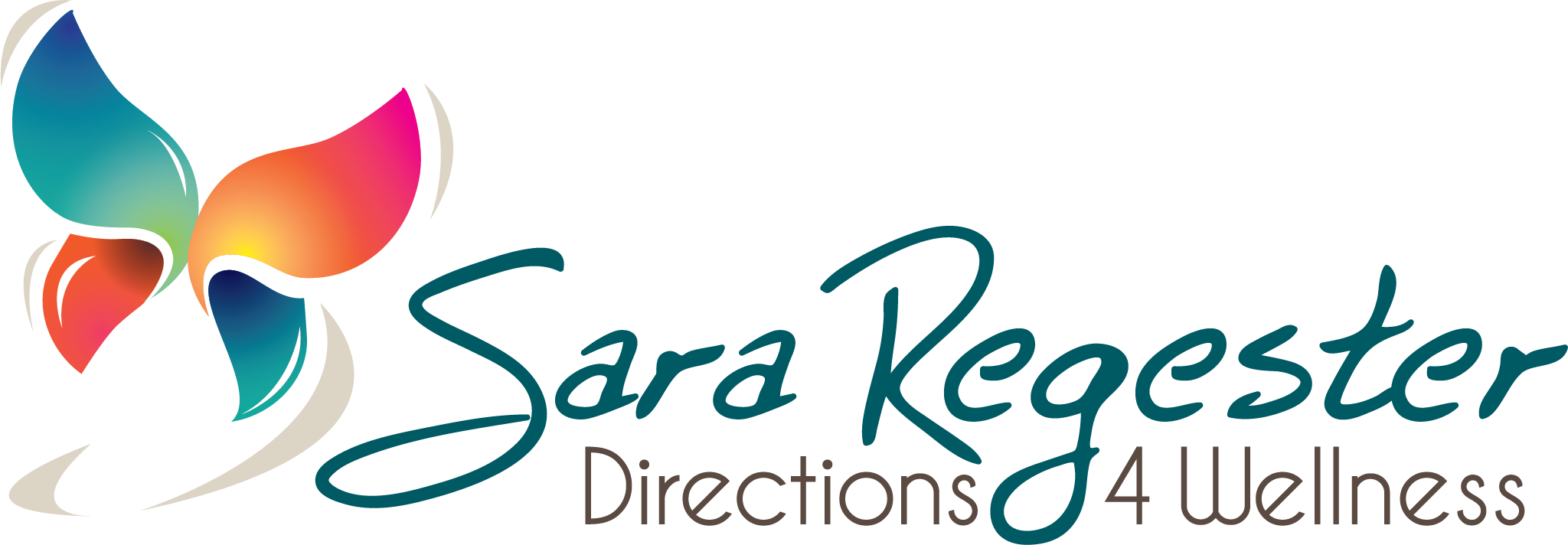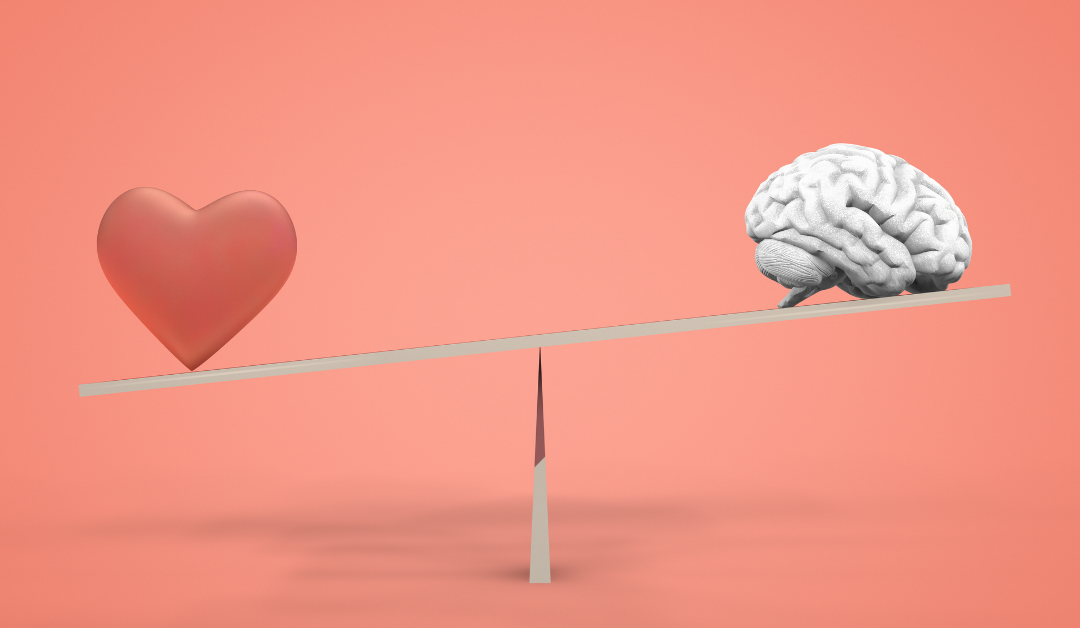Do our emotions nourish us in our heart space with tenderness or are they something we spill out in a sloppy mess? Or are we internally stewing in our emotions like a pot boiling away under the lid? What is your pattern of expressing your emotions?
It’s not rocket science to know the effect on our health if our pattern is to bottle up our emotions or alternatively, react with drama and emotional reactivity. We can make ourselves sick when our emotions are out of balance. Let’s dive a little deeper into how to create emotional balance.
It’s important to distinguish between feelings and emotions. Feelings are a physical response to stimuli. If someone rubs our shoulders we feel pleasure. If someone pinches our arm we feel pain. Emotions are how we express what we are feeling; how we talk about it, how we label it as good or bad, and the story we tell and retell about our experience.
There is a full spectrum of emotions we experience as humans. How we express our emotions is very individual and how long we stew in negative emotions is important to pay attention to. The longer we are caught in negative emotions the more stress we feel and the more energy we lose. On the flip side, the quicker we can move through our negative emotions the faster we stop the energy loss.
Being happy doesn’t mean that we don’t experience anger, frustration, or deep sadness. What is key is how we move through our emotions as “energy-in-motion vs stewing in our emotional soup for prolonged periods.
Emotional energy is a giving energy; to give with our open heart, or how we can be one-hearted when we express our emotions to another. How we give with our emotions authentically to move through them as “energy-in-motion.”
- Being able to confront with neutrality and honesty (non-judgement)
- Being able to set a boundary or bottom line for what we need
- Being able to express the truth of how we are feeling relative to our emotions.
- Placing attention on what is ours to do, and not what is not within our responsibility to care for, aka stay in our own lane.
- Accepting what is within our control and changing our attitude or approach about those things that are not within our control.
Despite our best efforts, sometimes we still dwell on our negative feelings for prolonged periods and get stuck in the past and lose connection to what is happening in the present. We become distracted and stressed as our mind takes over the control of our emotions from a heart space to a mental space like analysis paralysis.
If we go into plotting revenge or payback from our negative emotions, we are determining with our emotions and not giving with our emotions from an open heart space.
If we become aware that we are stewing in our emotional soup for longer than an hour, we can take steps to come back into emotional balance. This is how we connect back into our happiness. We may need to bring ourselves back to the present multiple times if we are stuck in a holding pattern with our emotions when we revisit the story of what is triggering us.
Returning to emotional balance is a choice we make and how we can assume authority for our happiness:
- Taking a few slow deep breaths into your lower belly (triggers the Vagal response).
- Taking a walk outside to connect with nature
- 30 minutes of exercise to release feel-good endorphins
- Go out to a tree and talk with the tree in a simple ceremony where you can
“give-away” your negative feelings to the tree. This is like compost for the tree as your negative energy will not harm the tree. Trees are very giving in how they support our resilience. - You can do the 4-7-8 breath from Andrew Weil, MD for a reboot of your emotional balance.
- Inhale for a count of 4
- Hold your breath for a count of 7
- Exhale for a count of 8
- Repeat for 3-4 cycles.
Keep noticing the moments where you tap into happiness during a moment in time as the flow of energy-in-motion. Your emotions will cycle throughout your day as you process your physical experiences through your senses. Learning how to cultivate true happiness is possible when we are aware of our emotional balance, and recognize when we need a reboot back into balance so we can nourish our happy heart.
For more practical tools and practices to Master Your Stress, read or listen to “Courage to Shine. How to Feel Confident Outside Your Comfort Zone.”


Recent Comments